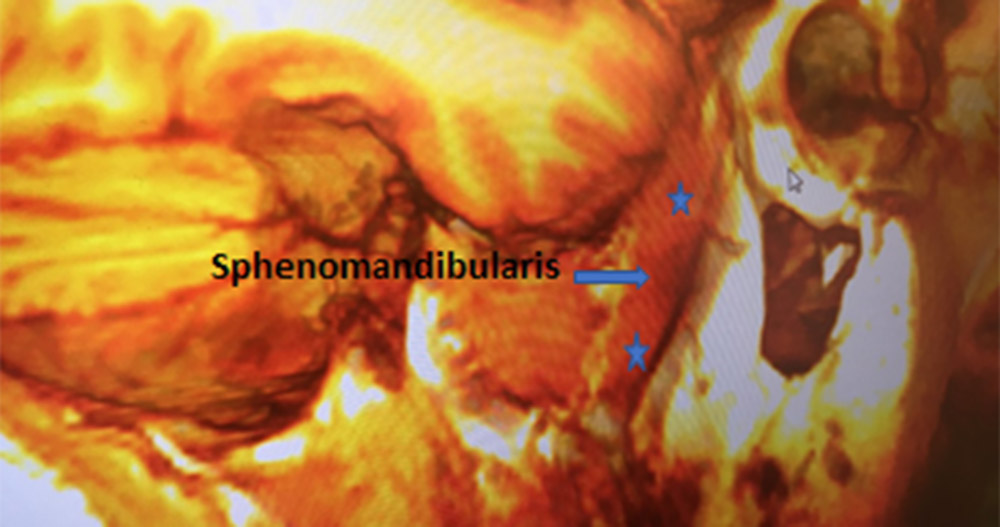Discovery of a Previously Unknown and Unappreciated Facial Muscle
March 2, 2020
New discoveries in physiology are an everyday occurrence, but one would think all the muscles of the human body had been discovered long ago. Some have even said that human gross anatomy is a completed science, a "dead discipline." Thus, anatomists were surprised by the 1996 announcement of a new muscle of mastication discovered by U.S. dentists, Gary Hack and Gwendolyn Dunn from the University of Maryland School of Dentistry.
These dentists and their colleagues were studying the muscles of mastication using an unorthodox dissection approach in which they entered the anatomic area of interest from the front (anteriorly) rather than from the side (laterally) as was traditionally done. Using this unorthodox dissection approach, their team observed a new muscle extending from the sphenoid bone to the mandible. Anatomists within the dental school at that time suggested the name “Sphenomandibularis” for the structure because of its unique origin and insertion.
"We sat on it for a year. We thought that this thing was so large, it had to have been seen and recorded by someone. But we found that nobody had described this muscle originating in this particular area." said Dr. Hack
Recently, the Sphenomandibularis muscle has been identified in multiple of the data sets provided in the BodyViz 3D Anatomy Learning Platform. With the ability to perform 360-degree virtual dissections, Dr. Gary Hack and his team were able to replicate the unorthodox dissection approach that was performed when they initially discovered the Sphenomandibularis. Visualized by BodyViz software below, the Sphenomandibularis muscle can be seen originating from the greater wing of the sphenoid bone which attached to the medial side of the mandible.

Some of history's greatest advances in science and medicine arise because of the unique perspective to view things from a different orientation than everyone else had done previously. In the discovery of the Sphenomandibularis muscle, we see even the so-called "finished" sciences hold surprises with imaginative approaches.
To learn more about Dr. Gary Hack and Dr. Gwendolyn Dunn's discovery of the Sphenomandibularis, read the full news article by clicking here.